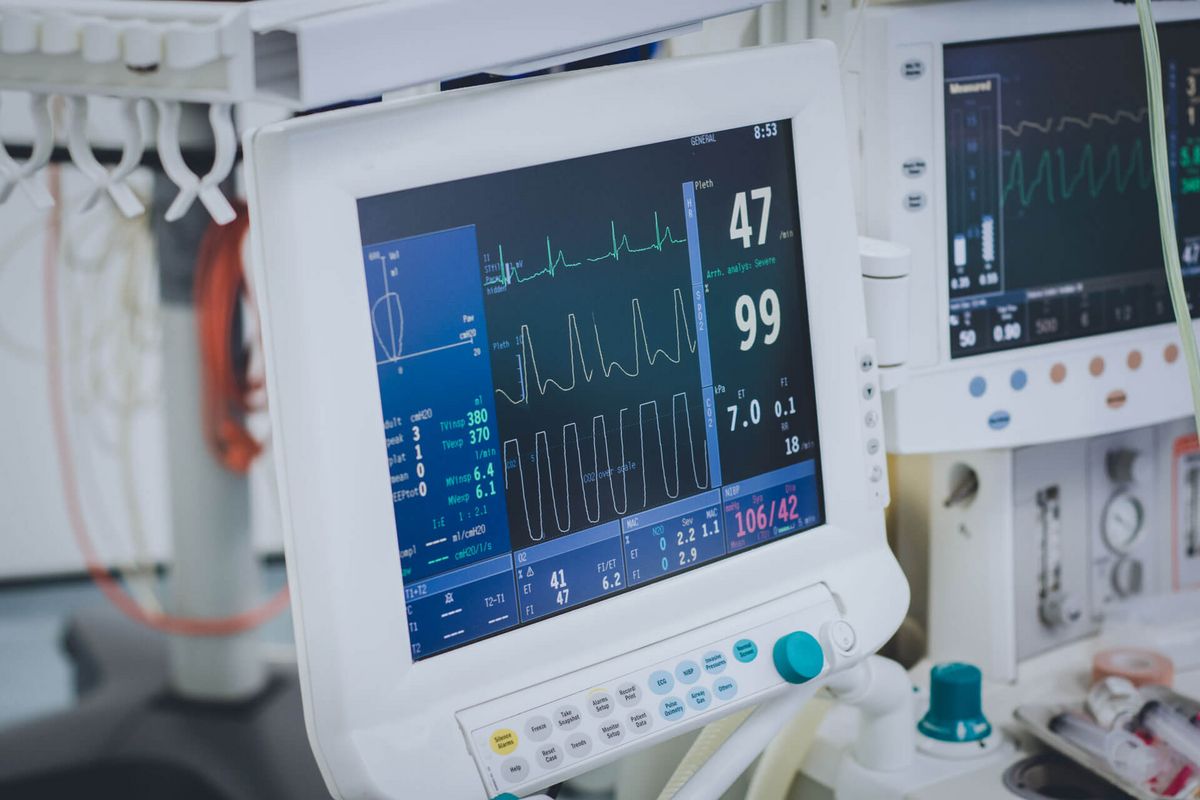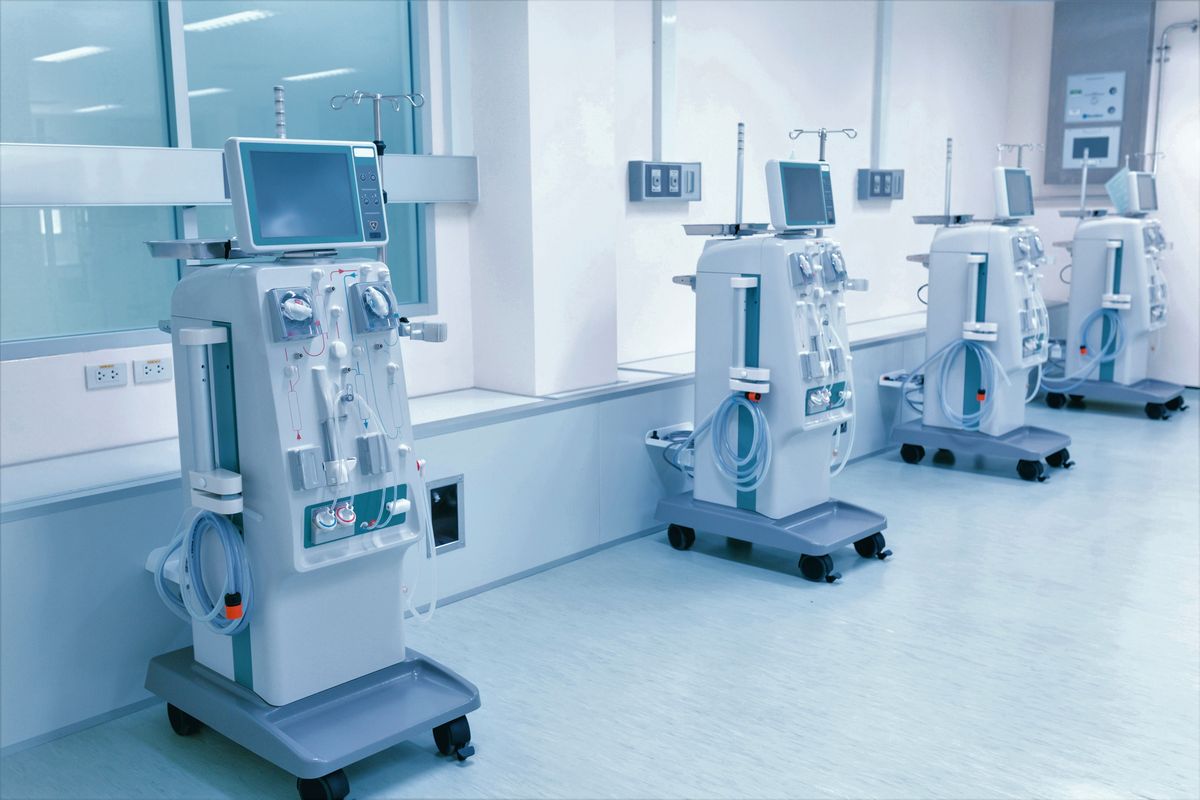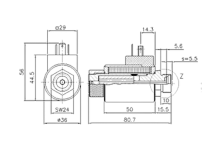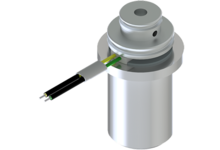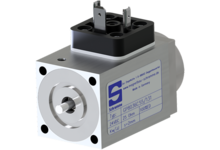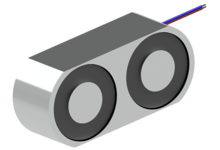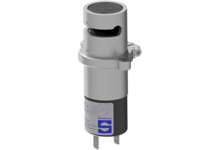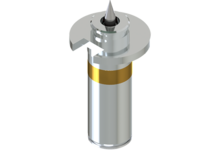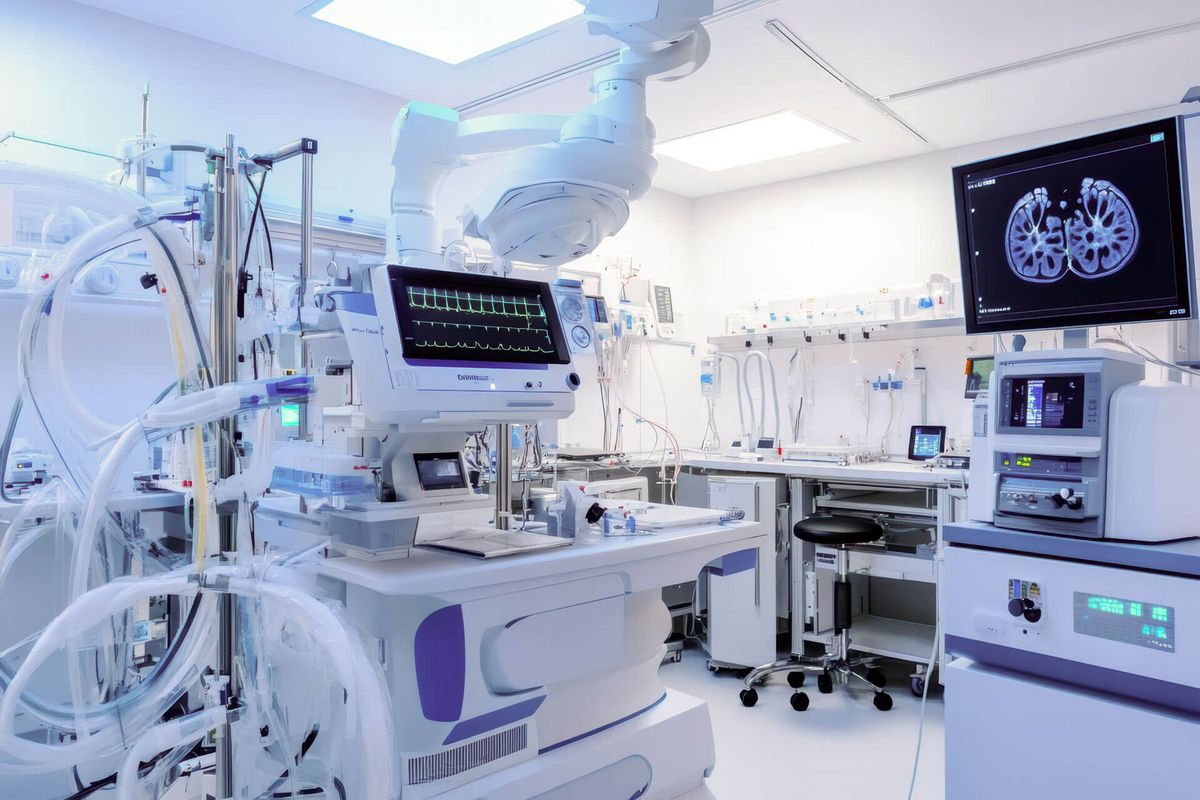ISO 9001 & IATF 16949 certified as developer & producer of electromagnets.
Medical technology
Discover how our innovative electromagnet solutions and pioneering technologies are shaping the future of medical technology.

Use of electromagnets
Precision and power: electromagnets enrich medical technology
Electromagnets are essential for the precise control and switching of medical devices. In the form of linear solenoids or pinch valves, they reliably control movements and flow and make a significant contribution to the safety and efficiency of modern medical technology.
Application examples for solenoids in medical technology
- Solenoids in ventilators
- Proportional solenoids in anaesthesia machines
- Pinch valves in dialysis machines
- Single solenoids in rinsing and disinfection devices
- And many more
Precision and reliability in demanding applications
Electromagnets perform a wide range of control and regulation tasks in medical technology that require maximum precision and reliability. By generating controlled magnetic fields, they support sensitive processes and enable precise handling of medical materials. In respiratory, anaesthesia, dialysis and disinfection equipment, they ensure exact dosing and distribution of liquids and gases.
The flexibility and high controllability of electromagnets make them the ideal solution for the demanding requirements of medical applications that rely on precise processes and the highest safety standards.
Your advantages with Schramme
Development and production of electromagnets in medical technology
Magnetbau Schramme is your reliable partner for the development and series production of high-quality electromagnets in medical technology. With decades of experience, we offer customised solutions that meet the highest precision, reliability and safety standards.
Our expertise ranges from the initial idea to series production, and our flexible production processes ensure that we can quickly implement individual requirements. You can rely on quality "Made in Germany" for your innovative medical technology applications.
More than 50 years of experience in the development & series production of electromagnets.
CNC, welding, soldering, injection moulding assembly (ESD / clean room) and much more.


Alexander Grischin
Sales Manager
Electromagnet application example
Lung ventilator
A lung ventilator supports breathing by pumping oxygen into the lungs and thus enabling the vital gas exchange between oxygen and carbon dioxide. Electromagnets, especially solenoids, fulfil key functions in this process: They not only control the supply and removal of air, but also the entire drive mechanism of the device. This precise control allows ventilation patterns to be customised to the patient's needs in order to ensure even and efficient ventilation. This technology ensures reliable function even under demanding clinical requirements and contributes significantly to patient stabilisation.
Technical requirements
How Magnetbau Schramme solves the technical requirements
In medical technology, electromagnets and linear solenoids must be precise, compact and reliable. They require exact controllability of the magnetic field to avoid overheating and electromagnetic interference that could affect sensitive medical devices.
Typical requirements include a long service life, low tolerances in the stroke path and minimised stray magnetic fields. Materials must be biocompatible and corrosion-resistant, often in accordance with ISO 10993, and low power consumption and precise response time are crucial for safe and efficient applications, such as in valves or actuators for imaging systems.
- Solenoids in ventilators
- Proportional solenoids in anaesthesia machines
- Pinch valves in dialysis machines
- Single-stroke solenoids in rinsing and disinfection devices
- And many more
More information about electromagnets in medical technology
1. Solenoid types
In medical technology, linear solenoids, proportional solenoids, solenoid valves, pinch valves, valve solenoids and solenoid coils are primarily used. These components control precise movements and flows, e.g. in pumps, dosing systems and valves. Holding solenoids and electromagnetic clutches are also used to securely fix and transmit forces in medical devices.
2 Industry-specific technical requirements
Electromagnetic drives in medical technology are designed for precise positioning and controlled motion sequences in order to fulfil high clinical requirements. Their materials must be biocompatible and PVC-free, and a combination of high-quality alloys and corrosion-resistant metals ensures durability and safety. The compact design and small size allow them to be integrated into mobile devices where stable and thermally efficient operation is required. Reliability, especially under continuous load, is essential. In addition, high accuracy and reproducibility of movements ensure exact dosing.
Electromagnets must not cause electromagnetic interference (EMC conformity) and their modularity facilitates maintenance and replacement, which optimises the operation of medical devices and minimises failures.
3. Special features
The most important special feature of electromagnets in medical technology is the combination of high precision and reliability with minimum size and maximum biocompatibility. They must work without interference, generate low electromagnetic emissions and are often PVC-free for medical safety standards.
Electromagnets in medical technology - Questions & Answers
What is the significance of PVC-free solenoids in medical technology?
In medical technology, PVC-free solenoids are crucial in order to avoid health risks from potentially toxic plasticisers and additives in PVC. Harmful substances could be released at high temperatures or in contact with certain chemicals. PVC-free materials also fulfil stricter environmental and disposal requirements and contribute to biocompatibility, which is essential for medical applications.
In which applications can hose clamp valves be used in medical technology?
Pinch valves are primarily used in medical technology for the precise control of liquids and gases. Typical applications include infusion and dialysis machines in which the flow must be interrupted or regulated in a safe and controlled manner without contaminating the medium. Pinch valves also provide sterile, reliable flow control in respiratory and analytical equipment by disconnecting external hoses.
What are the legal requirements and standards for electromagnetic drives in medical technology?
Electromagnetic systems in medical technology must fulfil standards such as ISO 13485 (quality management for medical devices) and ISO 14971 (risk management). In addition, IEC 60601-1 (safety of electrical medical devices) and EMC standards such as IEC 60601-1-2 for electromagnetic compatibility are crucial. These regulations ensure the safety, reliability and interference-free operation of medical devices and minimise risks for patients and users.
How does an electromagnet work in medical technology?
An electromagnet works by passing an electric current through a wire coil, which generates a magnetic field. In medical technology, this magnetic field is used to generate precise movements or forces that are required in applications such as valves, pumps or surgical instruments. The ability to control the magnetic field quickly and precisely enables safe, controlled processes in devices that demand the highest levels of precision and reliability.
What advantages do electromagnets offer in medical devices?
Electromagnets offer numerous advantages in medical technology, in particular their high precision and fast response times. They enable exact control of movements and processes, e.g. in dosing systems, infusion pumps and diagnostic tools. They are also compact and require little space, making them ideal for use in portable and hand-held devices. Their reliability and long service life guarantee stable operation in demanding medical environments.


